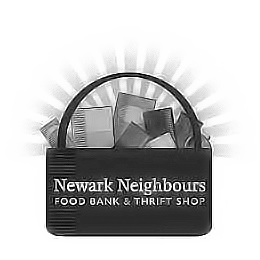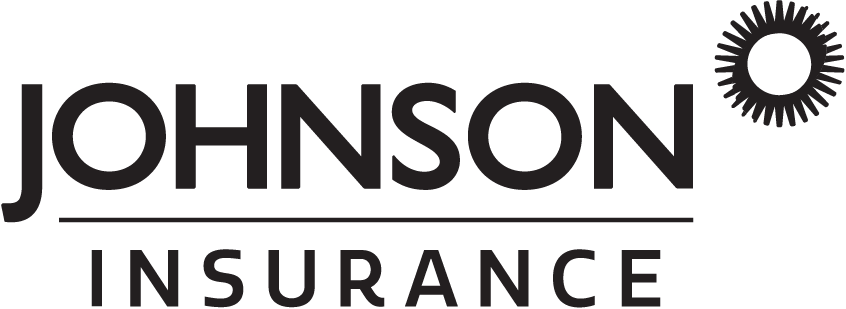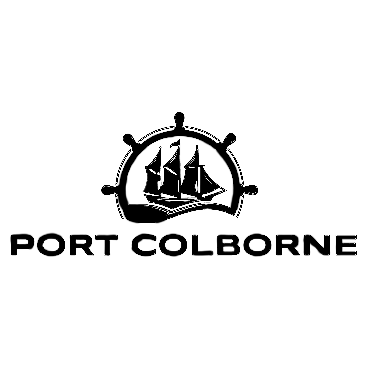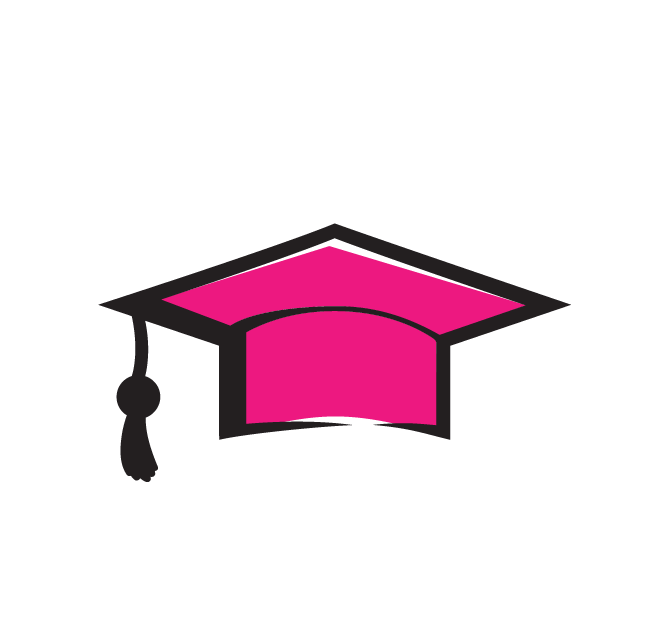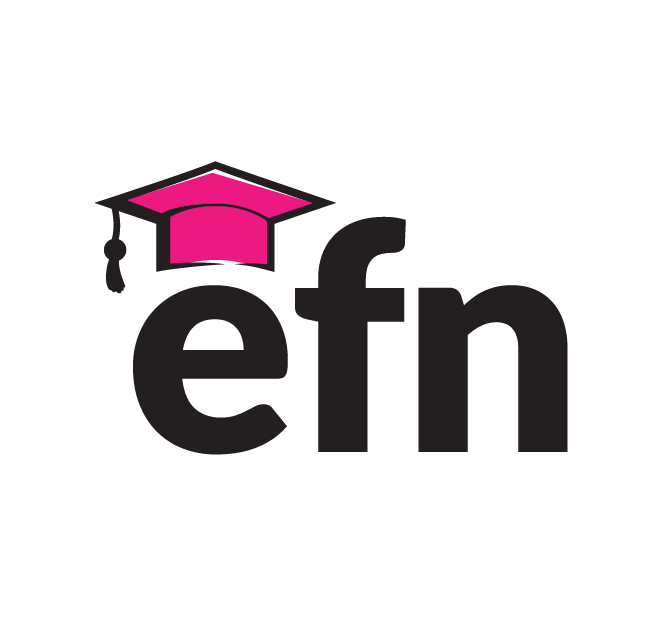Empowering Minds. Transforming Future.
Be a Changemaker: Fuel Education,
Ignite Potential. Donate Today!
Students we Support
Municipalities
Elementary Schools
Secondary Schools
Our Why
At The Education Foundation of Niagara, we envision a community where every student has access to all of the enriching opportunities school life offers. Driven by our values of caring, purposefulness, and nurturing relationships, we passionately strive to ensure equal opportunities for all students.
Get Involved
Donate
Bursaries and Awards
Host an Event
Join Us for an Amazing Night that Gives Back!
Friday April 26 – Niagara-on-the-lake
Doors Open at 5PM
About Us
Since 2007, the Education Foundation of Niagara has been investing in students and programs at the District School Board of Niagara.
Led by a volunteer board of directors, the Foundation exists through the generosity of individual donors and organizations. We share a common goal: to help build a healthy, vibrant, and educated Niagara community.
How We Help
Our support programs are made possible through the generous donations of people like you! We offer grants and bursaries to students in need. We also run regular events, including our annual Prom Project, which eases the financial burden of formal wear and fosters inclusivity at these events.
Testimonials
Our Partners & Donors
The EFN thanks all of our partners and donors for everything they have provided to the community.
